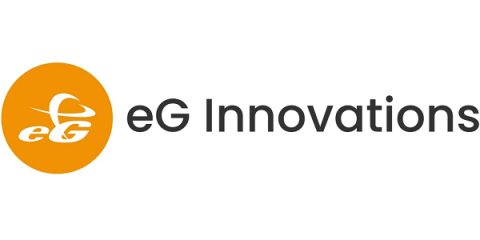Operations | Monitoring | ITSM | DevOps | Cloud
eG Innovations
10 Best Practices for Cloud Migration
One of the most radical trends in enterprise IT in the recent years is cloud migration. With cloud service providers innovating constantly to address the security and management concerns around cloud adoption, enterprises seem more positive and reassured to migrate their on-premises workloads to the cloud.
eG Enterprise Now Supports Performance Monitoring of VMware Cloud on AWS
eG Innovations has been a proud technology partner of VMware for over a decade, with eG Enterprise, our flagship performance monitoring and digital intelligence platform, being a VMware Ready certified solution that supports a broad range of VMware technologies, including VMware Horizon, vCenter, vSphere ESXi, vSAN and more.
Troubleshooting Java Application Deadlocks - Diagnosing 'Application Hang' Situations
It is 2 am in the morning and you get woken up by a phone call from the helpdesk team. The helpdesk is receiving a flood of calls from application users. A business-critical partner application, powered by Java, is reported to be slow and sluggish. Users are complaining that the browser keeps spinning and eventually all they see is a ‘white page’.
Is Citrix Director Sufficient for End-to-End Monitoring of Citrix Workspace Environments?
In a previous post, we discussed the capabilities and functionalities of Citrix Director, a built-in monitoring tool that is available as a part of Citrix XenApp and XenDesktop deployments. While Citrix Director provides high-level analytics about user sessions, user logon information and logon time breakdowns, connection failures, etc., is it designed to be the end-to-end, single-pane-of-glass performance management solution for Citrix Workspace environments?
What is Citrix Director? Understanding the Monitoring Capabilities of Director and How It Can Be Used
Citrix Director is a web-based monitoring console for Citrix XenApp and XenDesktop virtualization platforms that allows administrators to control and monitor virtual applications and desktops. Starting with version 7, Citrix Director is the default management tool, replacing the erstwhile Citrix EdgeSight.
How Can I Use Microsoft SCOM for End-to-End Performance Monitoring
Microsoft System Center Operations Manager (SCOM) deployments have been on the rise in recent years mainly due to its tight integration with other Microsoft servers and applications in the enterprise. While SCOM has native support to monitor Microsoft infrastructures, there is no out-of-the-box support for non-Microsoft technologies, such as VMware, Oracle, Citrix, SAP, and so on.
What is Application Performance Monitoring?
In today’s digital economy, speed is everything. Especially for applications and websites accessed by end users, when there is slowness, it will have a direct detrimental impact on business productivity, profits and even the brand itself. If an ecommerce application loads slowly or experiences errors, it will translate into loss of business, and the customer might end up switching to another website – possibly your competitor.
How to Get Java Code-Level Visibility
The toughest IT performance problems to solve today are the ones where a user complains that their application access is slow. An IT administrator must then figure out the cause of the problem: is it the browser, the network, the server, the storage, the cloud infrastructure on which the application is hosted, or the application code?
Application Performance Monitoring Reality Check: Why Domain Expertise Matters
Application performance monitoring (APM) has become one of the key strategies adopted by IT teams and application owners in today’s era of digital business services. Application downtime has always been considered adverse to business productivity. But in today’s digital economy, what is becoming equally dreadful is application slowdown.



